#Camel (Animal)
Explore tagged Tumblr posts
Text

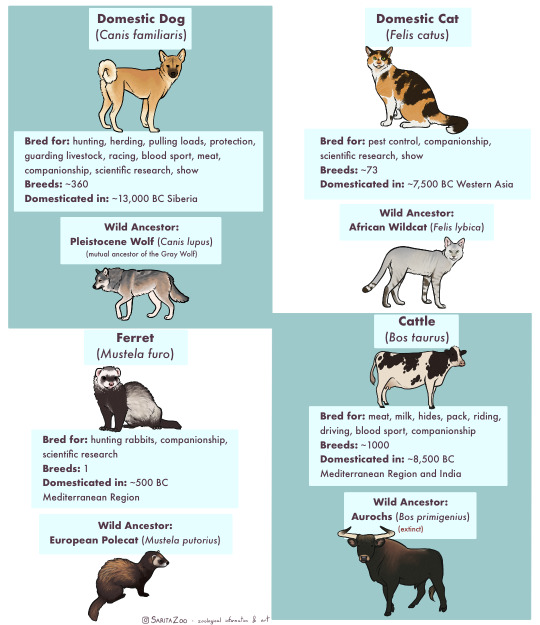


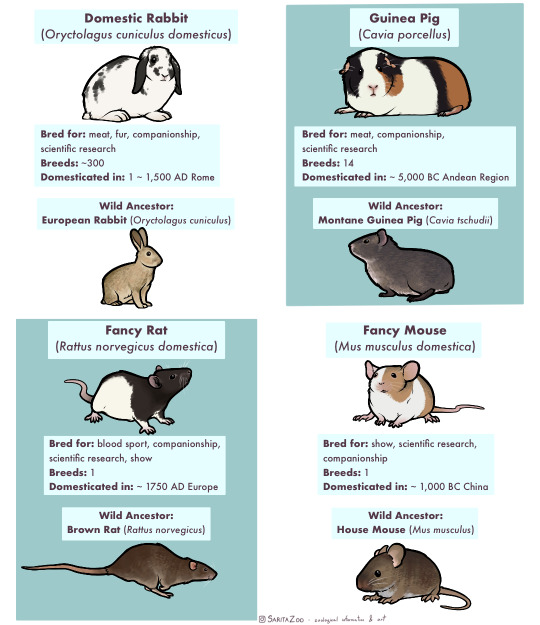
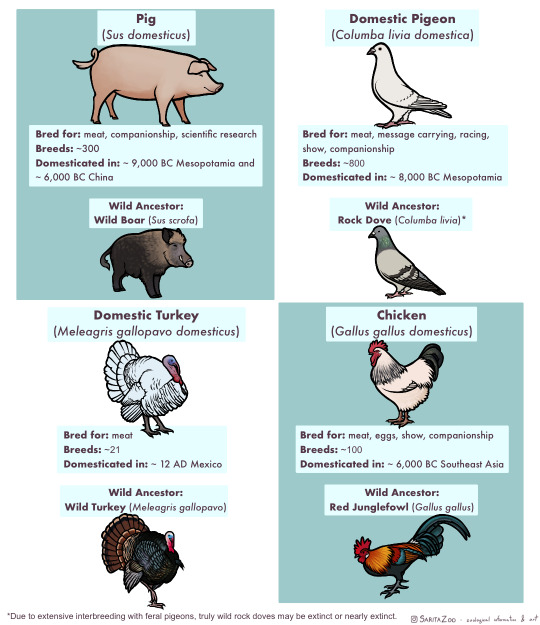
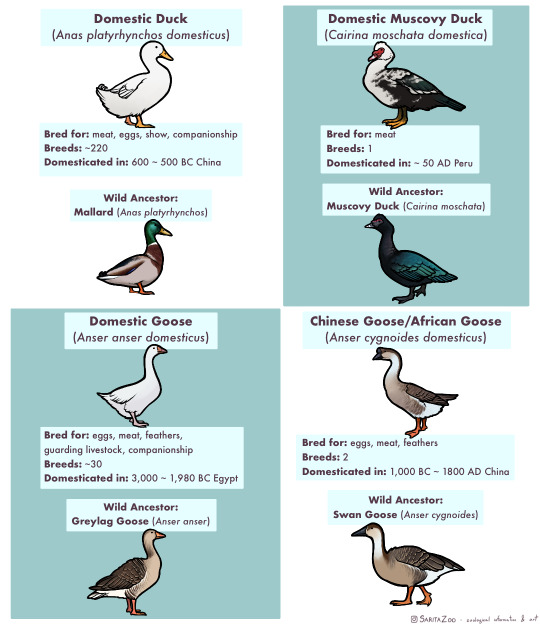
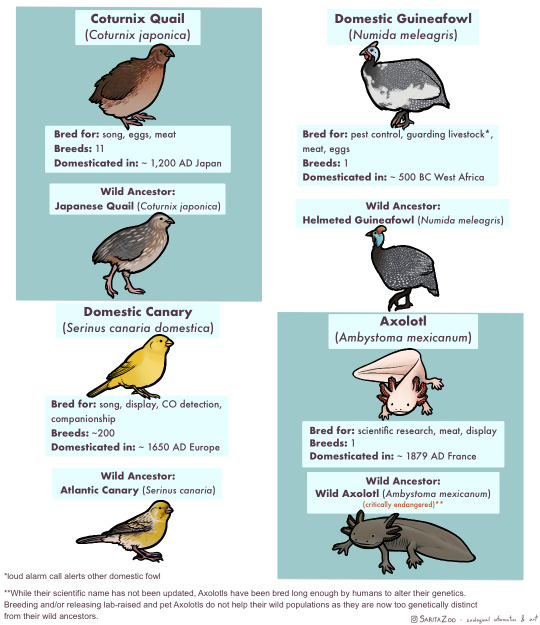
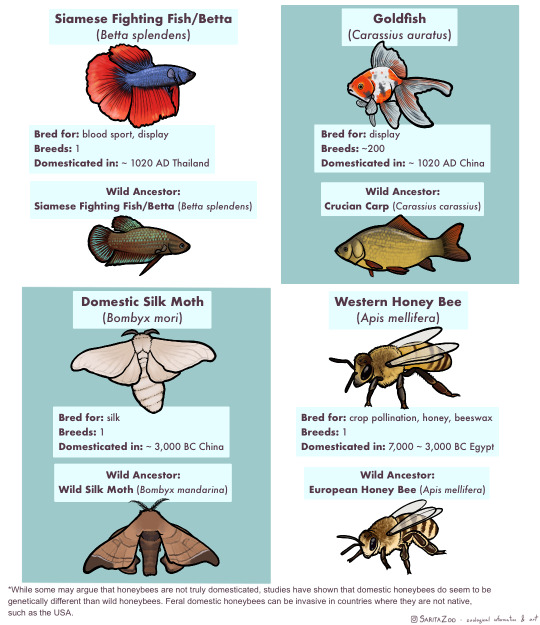

Phew. This one took, uh… a bit longer than expected due to other projects both irl and art-wise, but it’s finally here. The long-awaited domestic animal infographic! Unfortunately, I didn’t have enough space to cover every single domestic animal (I’m so sorry, reindeer and koi, my beloveds) but I tried to include as many of the “major ones” as possible.
I made this chart in response to a lot of the misunderstandings I hear concerning domestic animals, so I hope it’s helpful!
Further information I didn’t have any room to add or expand on:
🐈 “Breed” and “species” are not synonyms! Breeds are specific to domesticated animals. A Bengal Tiger is a species of tiger. A Siamese is a breed of domestic cat.
🐀 Different colors are also not what makes a breed. A breed is determined by having genetics that are unique to that breed. So a “bluenose pitbull” is not a different breed from a “rednose pitbull”, but an American Pitbull Terrier is a different breed from an American Bully! Animals that have been domesticated for longer tend to have more seperate breeds as these differing genetics have had time to develop.
🐕 It takes hundreds of generations for an animal to become domesticated. While the “domesticated fox experiment” had interesting results, there were not enough generations involved for the foxes to become truly domesticated and their differences from wild foxes were more due to epigenetics (heritable traits that do not change the DNA sequence but rather activate or deactivate parts of it; owed to the specific circumstances of its parents’ behavior and environment.)
🐎 Wild animals that are raised in human care are not domesticated, but they can be considered “tamed.” This means that they still have all their wild instincts, but are less inclined to attack or be frightened of humans. A wild animal that lives in the wild but near human settlements and is less afraid of humans is considered “habituated.” Tamed and habituated animals are not any less dangerous than wild animals, and should still be treated with the same respect. Foxes, otters, raccoons, servals, caracals, bush babies, opossums, owls, monkeys, alligators, and other wild animals can be tamed or habituated, but they have not undergone hundreds of generations of domestication, so they are not domesticated animals.
🐄 Also, as seen above, these animals have all been domesticated for a reason, be it food, transport, pest control, or otherwise, at a time when less practical options existed. There is no benefit to domesticating other species in the modern day, so if you’ve got a hankering for keeping a wild animal as a pet, instead try to find the domestic equivalent of that wild animal! There are several dog breeds that look and behave like wolves or foxes, pigeons and chickens can make great pet birds and have hundreds of colorful fancy breeds, rats can be just as intelligent and social as a small monkey (and less expensive and dangerous to boot,) and ferrets are pretty darn close to minks and otters! There’s no need to keep a wolf in a house when our ancestors have already spent 20,000+ years to make them house-compatible.
🐖 This was stated in the infographic, but I feel like I must again reiterate that domestic animals do not belong in the wild, and often become invasive when feral. Their genetics have been specifically altered in such a way that they depend on humans for optimal health. We are their habitat. This is why you only really see feral pigeons in cities, and feral cats around settlements. They are specifically adapted to live with humans, so they stay even when unwanted. However, this does not mean they should live in a way that doesn’t put their health and comfort as a top priority! If we are their world, it is our duty to make it as good as possible. Please research any pet you get before bringing them home!
#SaritaZoo#my art#domestic animals#domestication#pets#dogs#cats#ferrets#cows#sheep#goats#bovids#horses#donkeys#camels#llamas#alpacas#rabbits#guinea pigs#rats#pet rats#pet mice#pigs#pigeons#turkeys#chickens#ducks#geese#quail#i ran out of tags rip
38K notes
·
View notes
Photo










Indian sun spider (aka camel spider aka wind scorpion), Rhagodima nigrocincta, Solifugae
Despite the many common names, these arachnids are neither true spiders or scorpions, but rather belong to their own order, Solifugae, aka the solifuges.
Photographed in India by harshithjv
#animals#curators on tumblr#bugs#arachnids#solifuge#solifugae#sun spider#wind scorpion#indian sun spider#camel spider#Rhagodima nigrocincta#one nice bug#last photo for scale - shockingly small!
3K notes
·
View notes
Text
Baby camel wants to nurse
(Source)
#camel#camels#aww#cute#wholesome#lol#funny#nurse#nursing#animals#baby animals#desert#video#babyanimalgifs#baby camel
3K notes
·
View notes
Text

#animals#artists on tumblr#artwork#art#traditional art#pencil art#pencil drawing#arachnids#camel spider
247 notes
·
View notes
Text
Just a busy, little furry friend very hard at work.
#arachnids#Solifugae#solifuge#sun spiders#sun spider#camel spider#came spiders#solifuges#wind scorpions#animals#arthropods#bugs
256 notes
·
View notes
Text
🐪🐫🤗🙂
#camel#camels#exotic#exotic animals#beautiful#animals#beautiful animals#cute animals#funny animals#women#beautiful women#yolas0
1K notes
·
View notes
Text

Camel study
Watercolour and fineliners on paper.
#art#artist#artists on tumblr#animal art#watercolour#watercolor painting#watercolor#watercolour study#watercolour sketch#camel#camels#bactrian camels#camelidae#study#art study#watercolor study
433 notes
·
View notes
Text

Bactrian camels By: Unknown photographer From: World Watch List for Domestic Animal Diversity 1995
#bactrian camel#camel#camelid#ungulate#mammal#1995#1990s#World Watch List for Domestic Animal Diversity
192 notes
·
View notes
Text
Some day I hope to see a real snow camel
#animals#animal friends#baby animals#cute animals#animal#pets#pets of tumblr#camels#zoo#pet#animal behavior#farm#farm animals#my goats#baby goats
269 notes
·
View notes
Text
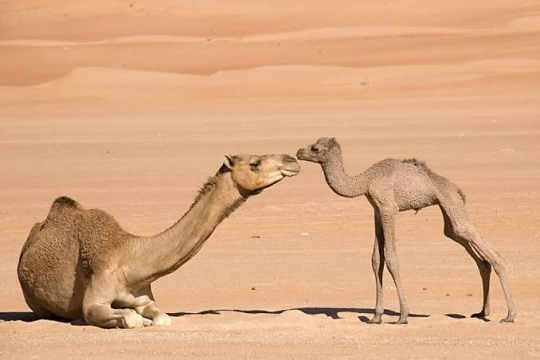
Let’s gaze lovingly with mama!
95 notes
·
View notes
Text

The Pyramids of Giza
377 notes
·
View notes
Text

Humphrey 🌈
#in the mystery box bin hint hint :)#camel#ty#beanie buddies#toycore#nostalgia#nostalgic#stuffed animals#toys#plushes#plushies#kidcore#mine#original
167 notes
·
View notes
Photo







Solifuges aka camel spiders in the genus Solpugema (known as Kalahari Ferraris due to their speed)
Despite their fierce appearance and (mostly fictional) reputation, solifuges are not venomous and are mostly harmless, although they can bite.
Photo 1 by mattf1996, 2-3 by jouberth, 4-5 by erikvdl, 6 by rouxnebotha, and 7 by jimmy_whatmore
#animals#curators on tumblr#arachnids#solifuge#wind scorpion#sun spider#camel spider#one nice bug#Solpugema#kalahari ferrari
1K notes
·
View notes
Text
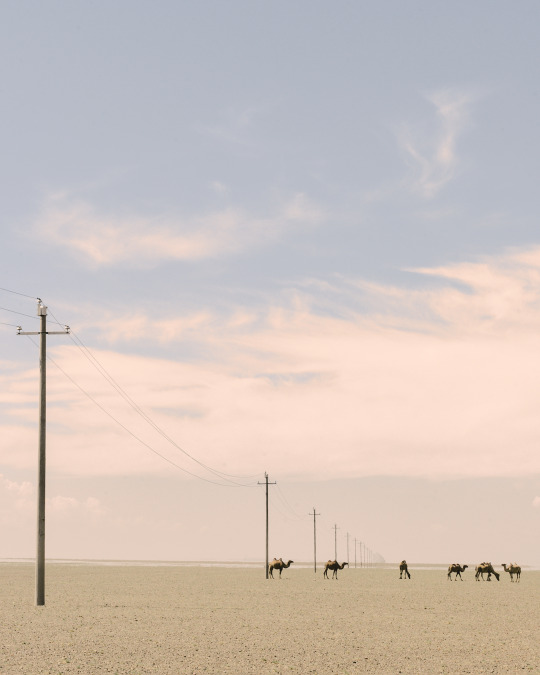
Gobi Desert, 2024
#original photographers#photographers on tumblr#travel#mongolia#landscapes#landscape photography#power lines#camel#animals#nature#nature photography#desert
172 notes
·
View notes
Text
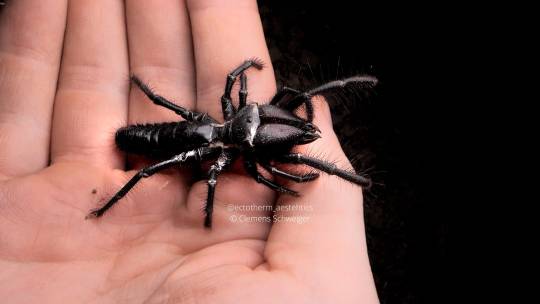
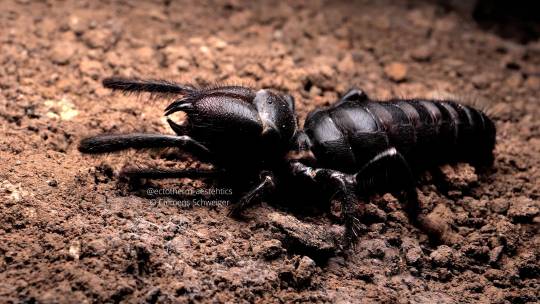
Black Camel Spider (Rhagodes melanus), family Rhagodidae, order Solifugae, found in North Africa and Israel
Camel spiders are also referred to as Sun Spiders, Wind Scorpions, and Solifuges.
They are arachnids, but are not spiders. They are in their own order.
photographs by Clemens Schweiger
303 notes
·
View notes
Text

Des(s)ert 🐫🍫🥜🏜
#Needed to work out his markings and also wanted to draw a camel because they're funny#though im not cazy good at drawing not anthros LOL#so enjoy a silly#my art#art#digital art#oc#furry#anthro#fursona#illustration#doodle#camel#bactrian camel#chocolate#candy#cute#animal#silly#just something silly and low effort but hes cool looking haha
266 notes
·
View notes